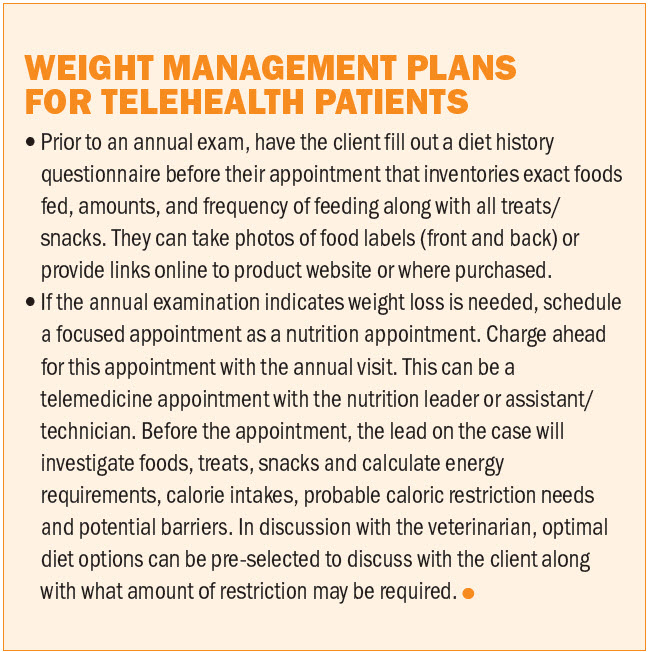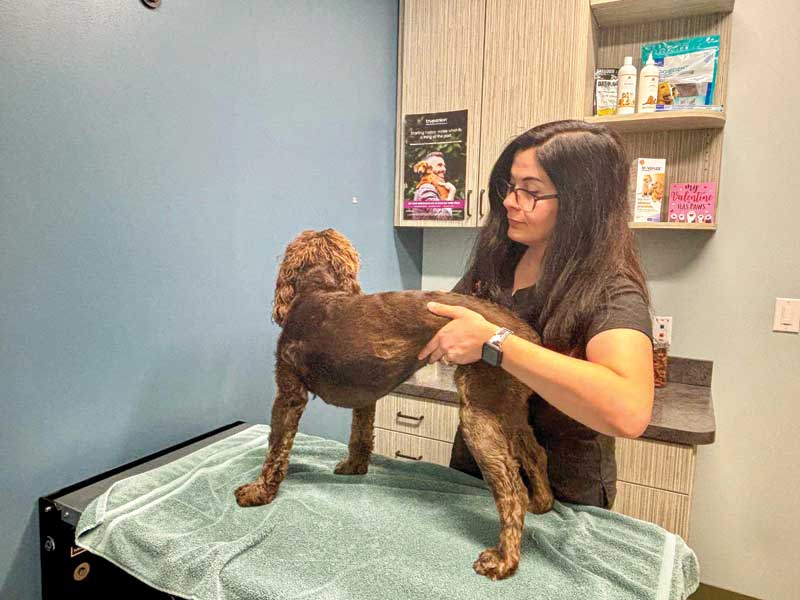
Attacking pet obesity has become imperative in veterinary practice, with a most recent survey done (2022) indicating 59 percent of dogs and 61 percent of cats are currently overweight or obese. For dogs, this percentage increased from 56 percent in 2018, and for cats from 60 percent.1
Discussing nutrition and weight management should be a priority in the veterinary hospital, however, many veterinarians report barriers to the nutrition discussion, including resistance from clients on changing foods, time constraints, online misinformation, and difficulty keeping up with pet food
product changes.2
Despite these concerns, pet owners still want their veterinarian’s input on choosing the best diets. A pet owner survey reported 90 percent of clients want a nutrition recommendation from their veterinarian, but only 15 percent report actually receiving one as part of their veterinary visit.3
Making space and time for productive nutrition discussions is possible with some organization and planning. Implementing a structured and thoughtful nutrition protocol that is consistently applied in the hospital can serve to improve patient healthcare and client satisfaction while also being profitable for the veterinary practice.
Taking a team approach
Nutrition has been emphasized as the fifth vital assessment along with temperature, pulse, respiration, and pain by the American Animal Hospital Association (AAHA), American Veterinary Medical Association (AVMA), and the World Small Animal Veterinary Association (WSAVA).4 As a first step, every veterinary practice should review current practices concerning collection of nutrition data, how nutrition care is addressed as a part of patient management, and how nutrition recommendations are made for every pet.
Veterinarians and staff members (technical/assistant staff, receptionists) should work together to review nutrition care protocols and work toward developing a consistent approach for every patient. The hospital team should agree to select appropriate diets, as well as preferred treats and supplements to stock or endorse for online ordering to establish consistency in nutrition plans (i.e. diet, treat, and supplement recommendations), as well as what preferred products will be stocked in hospital.
Information gathering on products can be delegated to motivated team members who can maintain a current database, including nutritional analyses, product guides, and pricing. Consider creating a custom hospital website location for clients seeking trusted information on common nutrition topics and frequently asked questions, including weight management. The website should also include information about other timely topics on nutrition (i.e. raw diets, homemade vs. commercial diets), appropriate sources for home-prepared diets, and preferred premium commercial products. The website link can be added to discharge documents after hospital visits or shared with interested clients as needed.
A motivated team member might be inspired to create a nutrition blog for the website to engage clients on an array of nutrition topics and communicate the importance of nutrition at the practice.
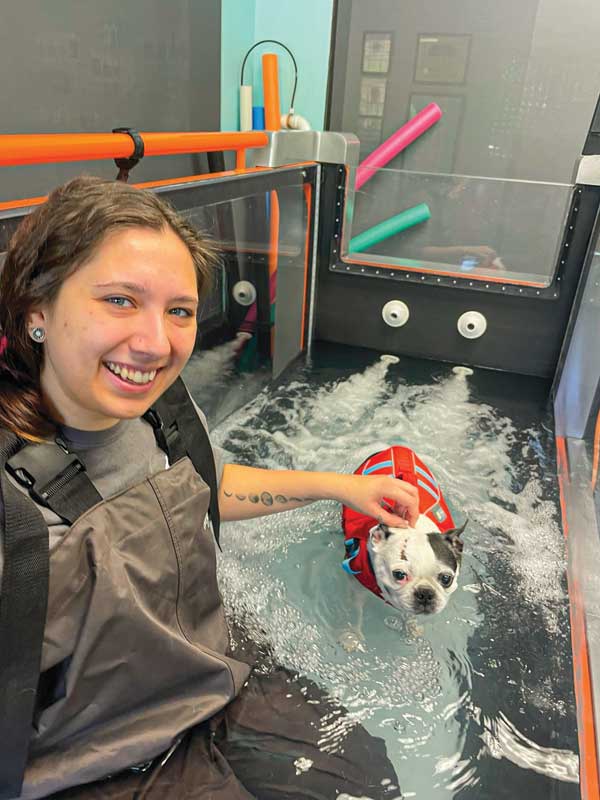
Delivering and managing the programs
Weight management in the veterinary practice should also be a team effort with delegation to the most capable veterinary staff members. Much of the effort in weight loss programs can be appointed to the technical staff as part of patient care. Motivated and passionate staff members wanting to expand their nutrition knowledge can seek extra training online through several websites and programs.
A “nutrition leader” can be appointed to oversee the practice’s nutrition services and help train others on hospital protocols concerning nutrition care. Choosing a veterinary technician or assistant to lead nutrition care, including weight discussions with clients, can help relieve the overseeing veterinarians of the time-consuming aspects of collecting and confirming diet histories, calculations of diet intakes or adjustments, and even the follow ups with the clients needed to troubleshoot issues with feeding practices.
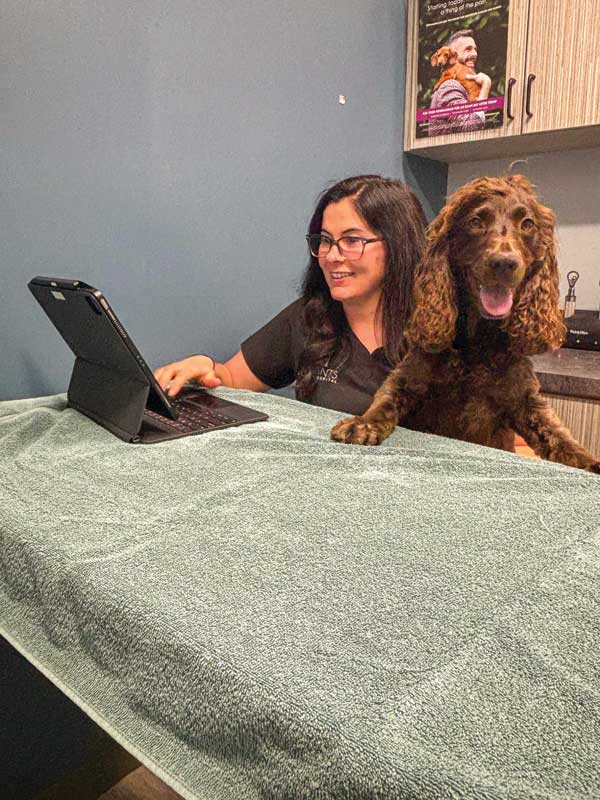
Starting management
Weight management should begin early, starting with the puppy/kitten visits. A thorough diet history should be taken, including exact product/brand, quantity, and frequency fed, along with any treats and supplements.
A body weight, body condition score, and muscle mass score should be assessed and included in the patient record by the veterinary assistant. Pet owners can also be trained simultaneously to do these assessments, which increases awareness of the importance of managing weight throughout the pet’s life.
Puppy and kitten growth curves can be used at each vaccination visit and beyond to track appropriate growth rates.5,6 Rapid growth might be an early sign of overfeeding or overtreating.
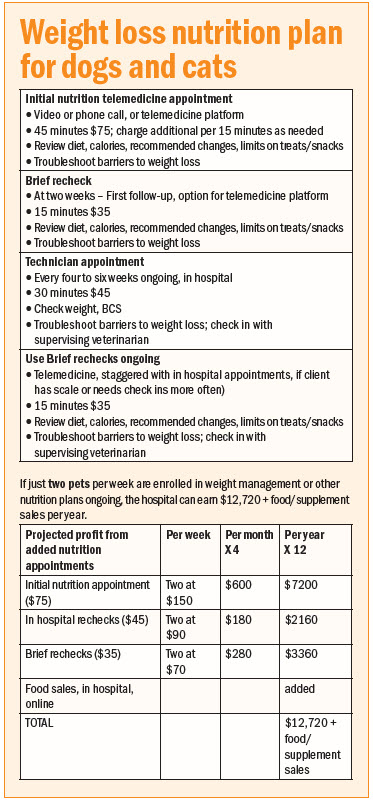
Key time point: The spay/neuter procedure
The spay/neuter procedure is a key time point in assessing body weight and feeding practices. The spay/neuter procedure will lower metabolism (dogs reduce up to 30 percent, cats up to 24 percent) and increase risk of weight gain,7,8 thus, reduction of calorie intake and a change in diet must be considered for pets undergoing this procedure.
When discussing the spay/neuter surgery, include the need to reassess the pet’s diet and feeding plan post procedure. A focused discussion of the diet and feeding plan should occur with a scheduled appointment to recheck the incision or suture removal. After the post-spay/neuter diet changes are made, a follow-up should be scheduled in hospital (suggest one month out) to check weight, review the diet again, and troubleshoot if needed. This visit can be charged for as a recheck or consider building this into the costs of your spay/neuter procedures.
Nutrition: lifetime care
At each examination or vaccination booster visit, discussing with the client their feeding practices and product preferences provides insights about their philosophies and perspectives on pet nutrition and diets.
In most wellness visits, a simple nutrition screening evaluation is appropriate. At minimum, diet histories are reviewed to ensure pet foods fed have a nutritional adequacy statement per the Association of American Feed Control Officials (AAFCO) for the pet’s life stage and food/treat calories are not excessive.
Problems identified that may signal the need for an extended nutrition evaluation include changes in body condition, muscle mass or body weight (gains or losses), changes in the pet’s environment (indoor/outdoor lifestyle may alter activity level and thermoregulation), identification of poorly balanced diet or excessive treats and/or physical examination abnormalities or lab testing abnormalities or systemic diseases.9 An extended nutrition evaluation may require additional time investment for the veterinary staff and veterinarian.
Scheduling a follow-up appointment for this additional work is best to manage time required for research on products fed, as well as thoughtful formulation of a nutrition plan that includes the clients preferences and still works best for the pet. The additional appointment can be scheduled with a veterinary technician or assistant or preferably the nutrition leader, can address additional client questions on nutrition/diet, logistics on product ordering, diet transition and recommended additional follow-up or testing. Using your nutrition leader and delegating nutrition follow-ups can free time for veterinarians to move on to additional medical cases.
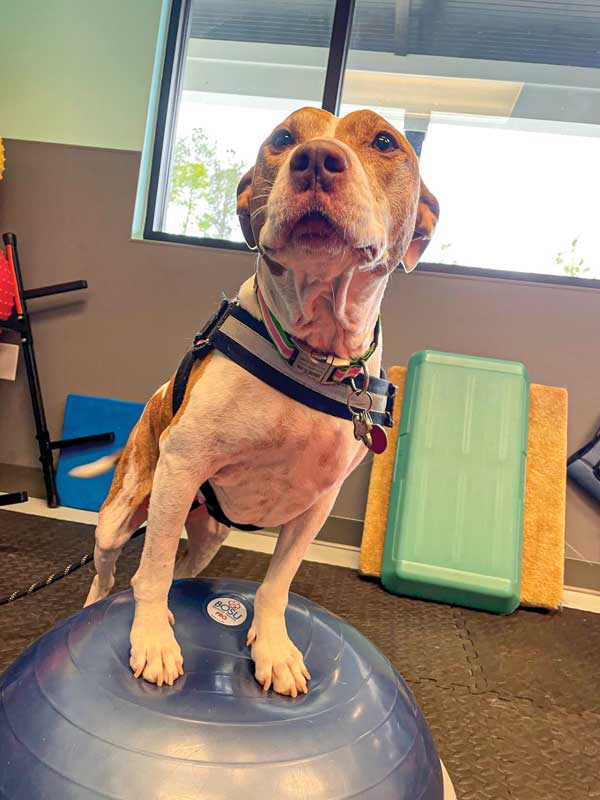
It’s time for telehealth
Nutrition care delivered via paid telehealth appointments is a practical and profitable means to enhance patient care while meeting demands for improved communications in veterinary practice.
Positive aspects of providing telehealth services includes convenience, saving time, avoiding unnecessary travel, avoiding stress for anxious pets, and ability to triage cases that truly need a hospital visit.10
When introducing telehealth in the practice, it is recommended to first review your state’s guidelines on telehealth. The hospital team should review what cases lend well to telemedicine and what technology platforms are currently accessible to the hospital and clientele. Issues, such as security and privacy should be identified and managed. Pricing structure used for telemedicine appointments and how payments will be collected should be outlined. For each appointment, documentation or recording should be standardized aligning with current medical records practices. Ongoing follow-ups to telemedicine are recommended and periodic in hospital rechecks are still needed for telehealth services. An online resource to guide your telehealth practice is available via the Virtual Veterinary Care Association (VVCA).11
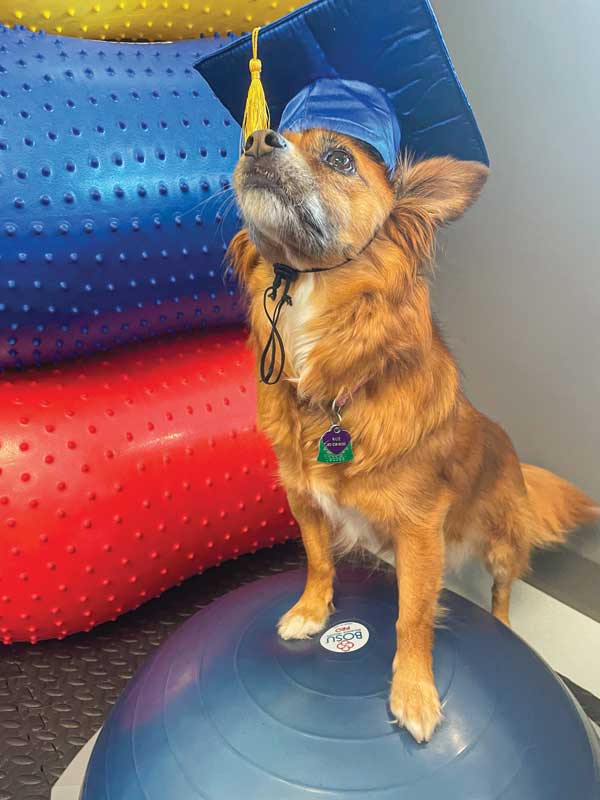
Involving the clients
Nutrition follow-up appointments during a weight management program are well-suited for telemedicine delivered by veterinary staff members or the nutrition leader in the practice. It is now possible for pet owners to purchase at-home pet scales with reasonable accuracy. At-home weight checks may be preferred for anxious pets or cats wishing to avoid the trip to the hospital. Telemedicine appointments can facilitate review of weight changes along with food diaries (prescribed food, treats, supplements), changes in the pet’s appetites or behaviors, and any concerns the pet owner has related to the nutrition plan.
With veterinary oversight, changes to the nutrition plan can be delivered to the pet owner in a timely and convenient manner either during the appointment or following up in email afterwards. It is important to schedule and charge for the telehealth appointments similar to any appointment to ensure time is set aside and available for both the hospital staff and the clients seeking these appointments.
Setting expectations for clients on telehealth fees is appropriate on the front end and should be scaled based on time investment. Suggestion for a weight management plan structure incorporating telemedicine appointments and fees are provided below but should be adjusted for each individual practice (See: “Weight management plans for telehealth patients”).
Follow-up is key
Weight management programs have low documented success rates in practice with only five to seven percent of veterinary patients reaching recommended ideal body weights.12,13
Success in weight management has been noted to rely on selection of the best diets along with client compliance in implementing the veterinarian’s recommendations. A third, and perhaps the most important factor, however, is the follow-up clients receive from the veterinary team.14,15
At the initial nutrition appointment, support appointments should be discussed and scheduled. As the most critical period in the pet’s weight loss journey, the author recommends every client committing to a minimum of three months of scheduled appointments.
The frequency of appointments should be every two to four weeks as needed or preferred. Many pets will require additional follow up beyond three months that can be adjusted based on their progress, individual client/pet need, and the total weight loss required.
Better patient health, increased staff job satisfaction
Delivering the best nutrition care effectively to our patients will help improve their health. Similar to humans, overweight and obesity is a disease state, and we can only say our patients are truly healthy when they are at their ideal body weight with an appropriate body condition score. Implementing organized and thoughtful nutrition care in the hospital utilizing the support of enthusiastic staff members can improve patient care and be profitable for the hospital. Delegating nutrition appointments and utilizing telehealth can free the veterinarian to see additional patients while increasing revenues and improving job satisfaction for the staff.
Laura B. Gaylord, DVM, DACVIM (Nutrition), is an independent consultant and the owner/founder of Whole Pet Provisions, PLLC, a nutrition consulting company established in 2016, which offers veterinary nutrition consulting to pet owners, veterinarians, the pet food industry, and pet supplement companies. Dr. Gaylord offers homemade diet recipe formulation and commercial diet consultations through her business for pet parents and their veterinary team.
References
- Pet Obesity Prevention https://www.petobesityprevention.org/2022
- Alvarez EE, Schultz KK, Floerchinger AM, Hull JL. Small animal general practitioners discuss nutrition infrequently despite assertion of indication, citing barriers. J Am Vet Med Assoc. 2022 Jul 28;260(13):1704-1710. doi: 10.2460/javma.22.05.0226. PMID: 35905150.
- World Small Animal Veterinary Association, Nutrition Toolkit, pg. 5. https://wsava.org/WSAVA/media/Documents/Committee%20Resources/Global%20Nutrition%20Committee/English/Quick-Tips-on-Implementing-the-WSAVA-Nutrition-Guidelines.pdf
- World Small Animal Veterinary Association Nutritional Assessment Guidelines Task Force. 2011 nutritional assessment guidelines. J S Afr Vet Assoc. 2011 Dec;82(4):254-63. PMID: 22616443Association for Pet Obesity Prevention https://www.petobesityprevention.org/2022
- Waltham Puppy Growth Chart https://www.waltham.com/resources/puppy-growth-charts
- Waltham Kitten Growth Chart https://www.waltham.com/resources/kitten-growth-charts
- Jeusette I, Daminet S, Nguyen P, Shibata H, Saito M, Honjoh T, Istasse L, Diez M. Effect of ovariectomy and ad libitum feeding on body composition, thyroid status, ghrelin and leptin plasma concentrations in female dogs. J Anim Physiol Anim Nutr (Berl). 2006 Feb;90(1-2):12-8. doi: 10.1111/j.1439-0396.2005.00612.x. PMID: 16422764.
- Kanchuk ML, Backus RC, Calvert CC, Morris JG, Rogers QR. Neutering induces changes in food intake, body weight, plasma insulin and leptin concentrations in normal and lipoprotein lipase-deficient male cats. J Nutr. 2002 Jun;132(6 Suppl 2):1730S-2S. doi: 10.1093/jn/132.6.1730S. PMID: 12042509.
- Cline MG, Burns KM, Coe JB, Downing R, Durzi T, Murphy M, Parker V. 2021 AAHA Nutrition and Weight Management Guidelines for Dogs and Cats. J Am Anim Hosp Assoc. 2021 Jul 1;57(4):153-178. doi: 10.5326/JAAHA-MS-7232. PMID: 34228790.
- Virtual Veterinary Care Association: “Myth Busters, Myth #4: Clients don’t want telemedicine” https://vvca.org/member-resources/myth-busters/
- Virtual Veterinary Care Association: Resources: https://vvca.org/resources/
- Flanagan J, Bissot T, Hours MA, Moreno B, Feugier A, German AJ. Success of a weight loss plan for overweight dogs: The results of an international weight loss study. PLoS One. 2017 Sep 8;12(9):e0184199. doi: 10.1371/journal.pone.0184199. PMID: 28886096; PMCID: PMC5590893.
- Flanagan J, Bissot T, Hours MA, Moreno B, German AJ. An international multi-centre cohort study of weight loss in overweight cats: Differences in outcome in different geographical locations. PLoS One. 2018 Jul 25;13(7):e0200414. doi: 10.1371/journal.pone.0200414. PMID: 30044843; PMCID: PMC6059437.
- Saker KE, Remillard RL. Performance of a canine weight-loss program in clinical practice. Vet Ther. 2005 Winter;6(4):291-302. PMID: 16550491.
- Porsani MYH, Teixeira FA, Amaral AR, Pedrinelli V, Vasques V, de Oliveira AG, Vendramini THA, Brunetto MA. Factors associated with failure of dog’s weight loss programmes. Vet Med Sci. 2020 Aug;6(3):299-305. doi: 10.1002/vms3.229. Epub 2019 Dec 26. PMID: 31877241; PMCID: PMC7397924.

